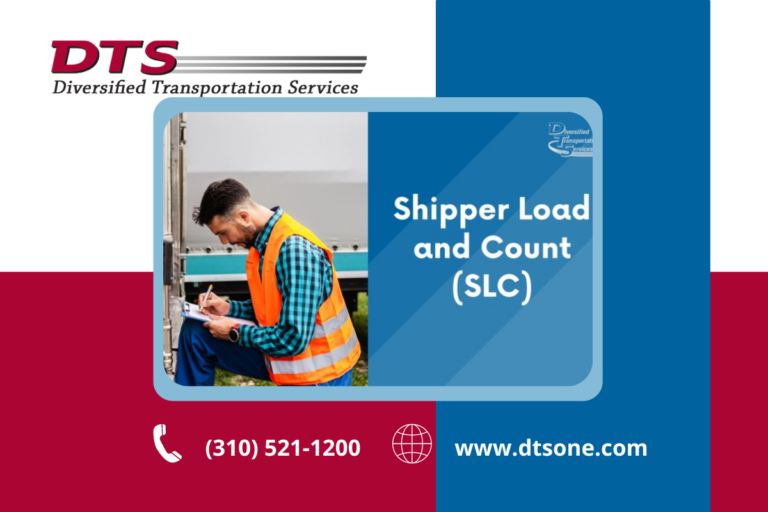
Shipper load and count (SLC) is a notation that is commonly marked on the bill of lading (BOL) when the shipper loads a shipment in the carrier’s absence. There are a few reasons why the driver may mark this notation on the BOL:
As mentioned in the previous section, carriers mark “SLC” on the bill of lading when they are not present for the loading of the shipment by the shipper, but this notation is also helpful for carriers in liability protection. As seen in § 7-301:
"[A claimant] may recover from the issuer damages caused by the misdating of the bill or the nonreceipt or misdescription of the goods, except to the extent that the document of title indicates that the issuer does not know whether any part or all of the goods in fact were received or conform to the description, such as in a case in which the description is in terms of marks or labels or kind, quantity, or condition or the receipt or description is qualified by "contents or condition of contents of packages unknown", "said to contain", "shipper's weight, load and count," or words of similar import, if that indication is true."
https://www.law.cornell.edu/ucc/7/7-301
In other words, when a shipper loads and counts their goods, they are assuming responsibility for the accuracy of the count and state of the goods. If the carrier notates shipper load and count on the bill of lading, they can use this as evidence that the shipper was responsible for the accuracy of the count, which can limit their liability in case of a claim over missing or damaged goods.
Now that you understand the ramifications of “SLC” what can you do to protect yourself?
The most important thing to do for any shipment is to ensure that it is suitably packaged, properly loaded, blocked, and braced on the carrier’s trailer. Standard loading procedures should be developed and described in manuals, along with loading diagrams and pictures. These records greatly contribute to proving that a load was in good order and condition at the time it was tendered to the carrier.
Whenever possible, load your shipment when the carrier’s driver is present and inspect and verify the number of pieces you’re shipping and the condition. Some shippers maintain a strict policy against allowing any shipment to be signed "SLC" by the carrier, and post signs at their shipping dock to that effect. This serves as a reminder to drivers that they are responsible and liable for counting and loading the freight.
Taking videos and photos during, and after completion, of loading the cargo can also be helpful in the event that your shipment arrives with damage or a shortage. This is highly recommended when you load your trailer even without the presence of the carrier’s driver.
In the end, it is important to understand the meaning of SLC in shipping and the best practices for avoiding this designation on your bill of lading.
At Diversified Transportation Services, we provide concierge transportation services and proactive customer services for our customers. If you are experiencing unreliable transportation services cargo claims, and freight invoices that don’t match the quotation, reach out to us and we will be happy to help!
Whether you're a company looking to improve one facet of your supply chain, your entire supply chain, or simply looking for a transportation and logistics consultation, we can help.